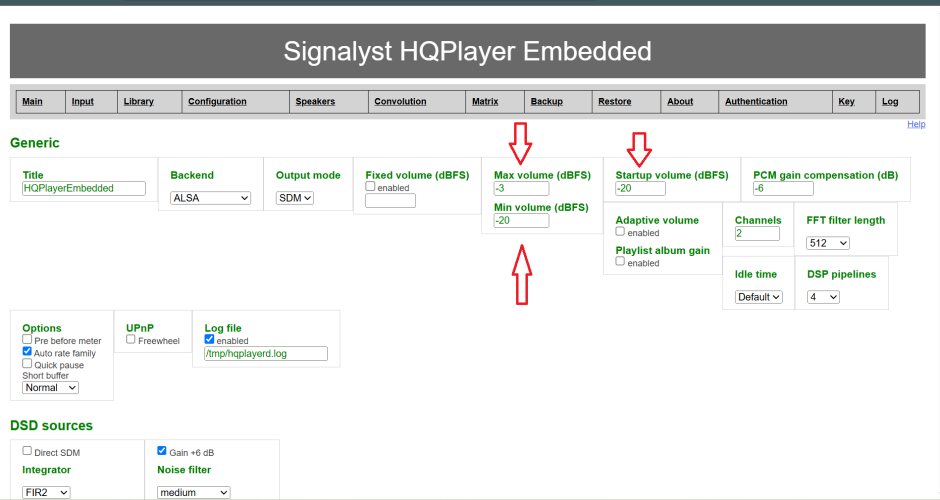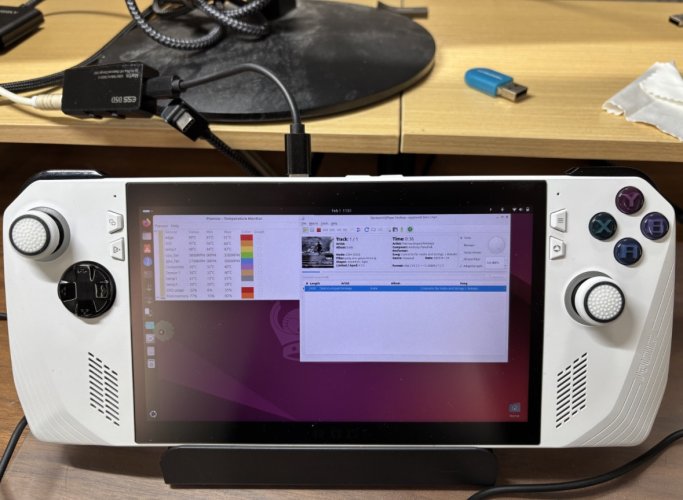roderickvd
500+ Head-Fier
Thanks for posting this. Took me a while to respond, as I it took me a few days through the rabbit hole to try it out.I've had a small period of really enjoying listening to my Holo May in simple, un-upsampled NOS. Even though a NOS dac in Jussi's words "completely fails at reconstructing the original music signal" there's a certain allure to the sound.
However it irks me that 24 bit music files are introducing linearity errors in my music, and I miss being able to use digital volume control. I tried closed-form-M because it leaves the original samples intact and only interpolates, so I figured it could be some sort of NOS+. In the end decided that sinc-L sounds superior to my ears.
However I came across this Stereophile review of some ridiculous 50k dac:
https://www.stereophile.com/content/ch-precision-c12-da-processor-measurements
It uses an ultrashort polynomial interpolator for "perfect time domain performance". I then vaguely remember something about polynomials in the HQPlayer manual and indeed there's two polynomial filters there with either 0 or 1 cycle of pre and post ringing, appended with the comment "not recommended". Intrigued by the idea of recreating a 50k dac experience I gave them a try and.. I think i've finally found the NOS++ i've been looking for. Retains the character but adds clarity to my ears.
Anyone with a NOS dac with similar experiences? I'm really curious whether others also perceive these filters as enhanced NOS or whether i'm just placebo'ing myself
I thought it was quite thought-provoking, in a good way. Funny because the closed form/sinc-L and polynomial options are pretty much at opposite ends. Question is, when we talk "NOS", what are the traits you're looking for? Here's some of them, regardless if you like them or not:
1. early, slow roll-off
2. little to no ringing
3. non-harmonic distortion
4. bit-perfect reproduction
Not trying to start a NOS discussion here - but as an interlude to look at the filters.
And for starters, let it be known that I also like NOS and have a DAC that can disable filters.
The closed form filters keep #4 but are otherwise long filters (strike through #2) with very high attenuation (strike through #1). Doing so they remove #3 because there are no longer mirror images summing in the audible band at uncorrelated frequencies (that I would always call a "fix" - I can understand euphonic from harmonic distortion, but non-harmonics? No.) Wasn't it Schiit who said about their "comboburrito" closed form filter that it's like a marriage of the best that NOS and OS have to offer? I'd agree...
Sinc-L loses the big thing that closed form brings: it's not bit-perfect (strike through #4). It has in common that's is also long with very high attenuation. It's not NOS at all, actually.
Then the polynomial ones... interesting case. Compared to full NOS, roll-off is quite a bit later but still slow (#1 improved, retaining #2) and with poor attenuation (#3 improved but still there). Pretty sure it's not bit-perfect though (strike through #4). If you like full NOS I can see how you can appreciate this as "NOS, improved" because it will have lower non-harmonic distortion - although still some of it.
Both options really do seem better than "true NOS" with simple zero-order hold, objectively, with strong suspicion that they will hold up subjectively with all NOS aficionados.
Thanks for showing me this path!
Last edited:

























